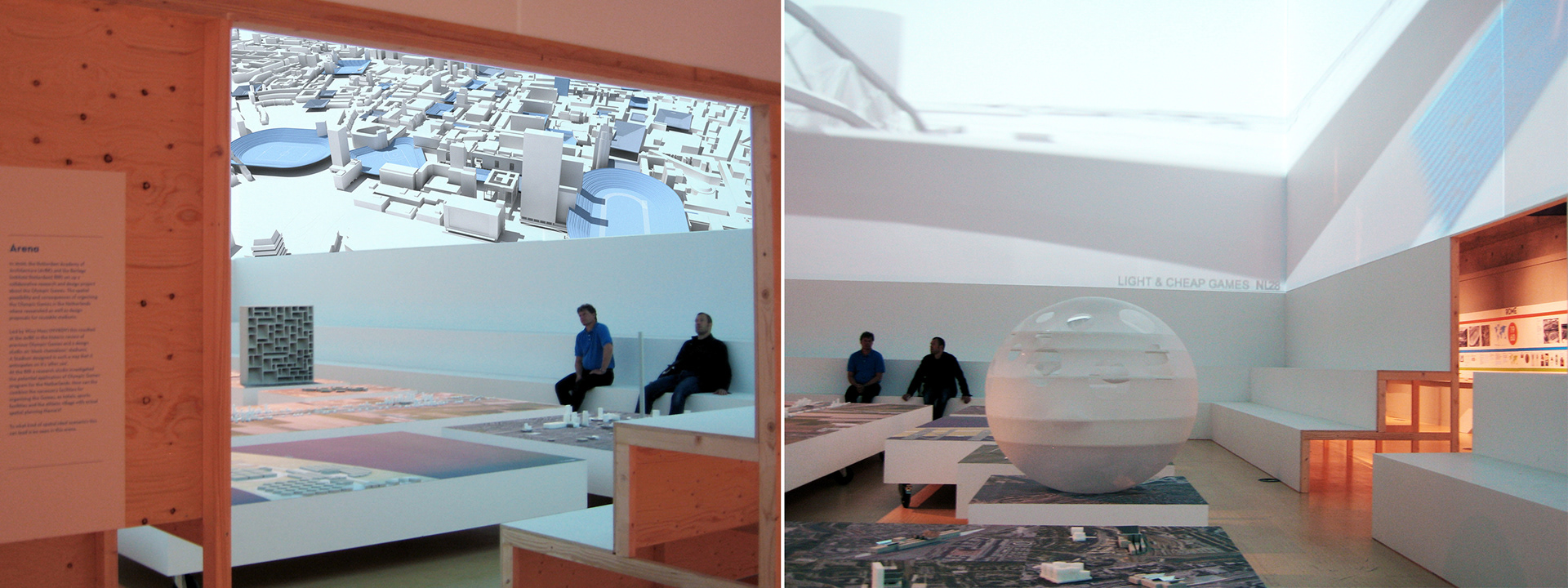
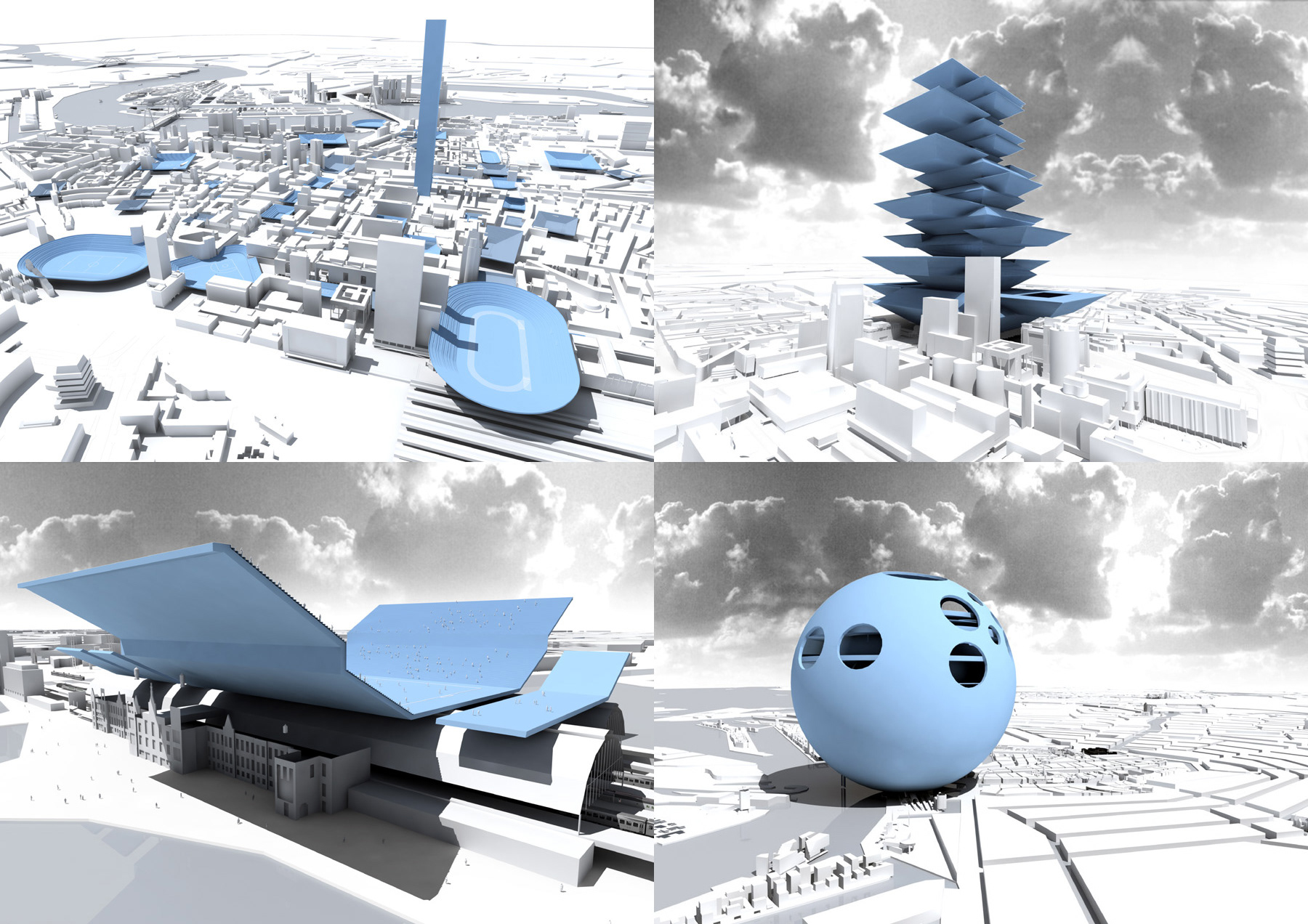
2008 NL28 Olymic Fire, NAI / MVRDV
This 8 screen panoramic video-installation offers a parade of spectacular visions on how the Olympics can transform the Netherlands. It focuses on the spatial agenda of the Netherlands by linking themes as climate change, water management and energy production in surprising and startlingly new ways with solutions for stadiums, infrastructure and accommodation for athletes. The film exposes different scenarios for the organization of the Olympics in the Netherlands in 2028.
The exhibition was held at the NAI Museum in Rotterdam.
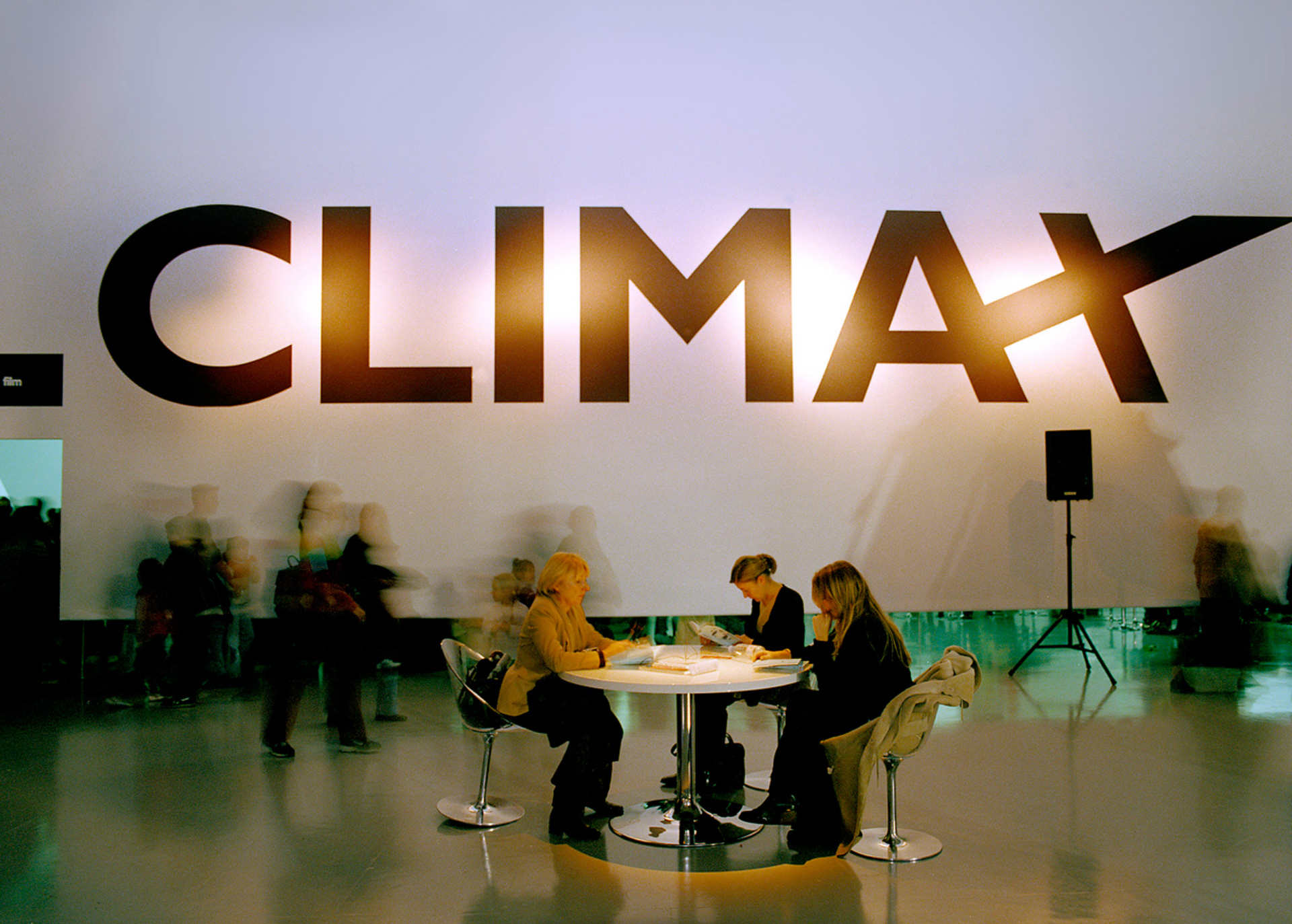
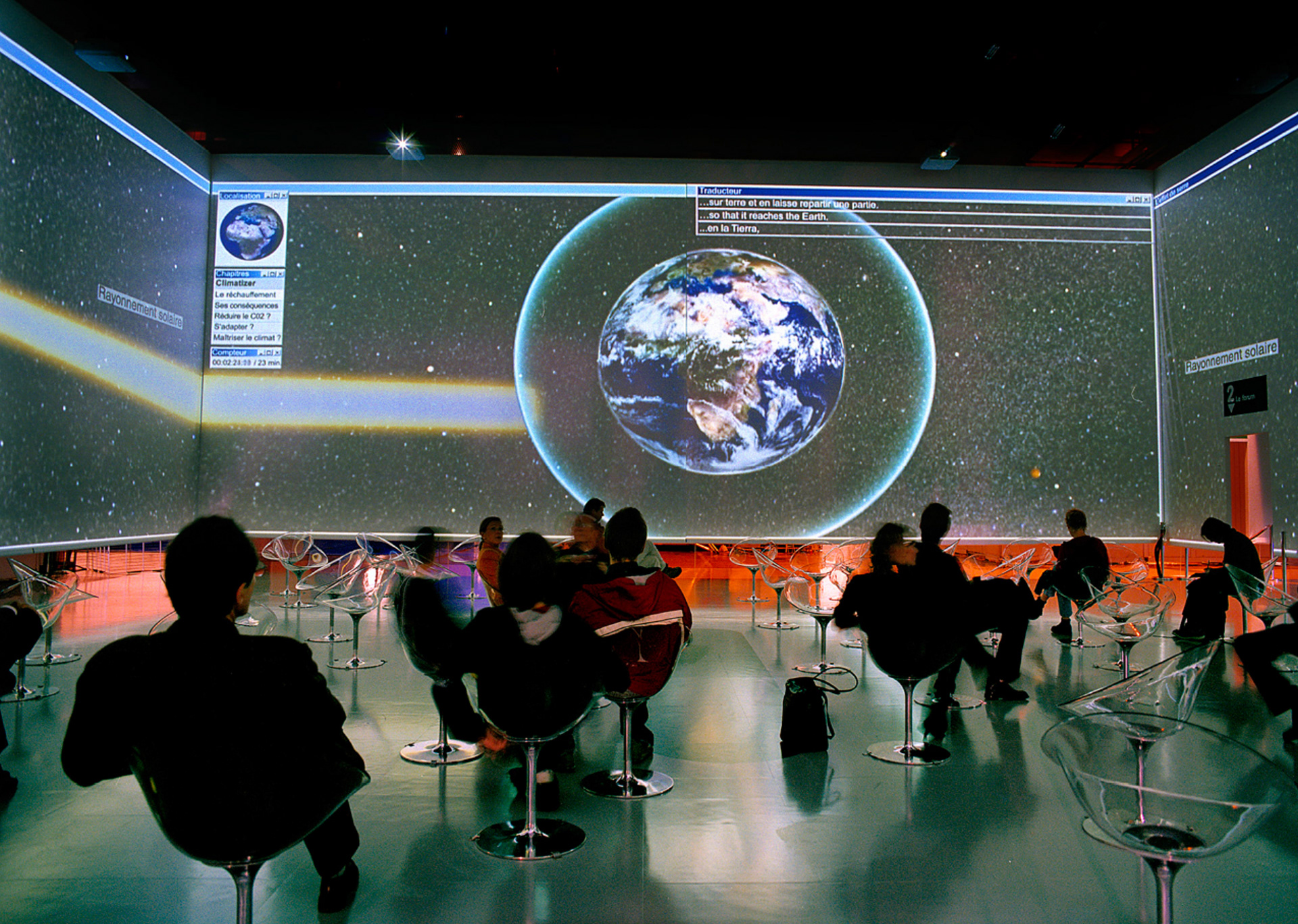

2003 CLIMAX, Cité des sciences Paris / MVRDV
Wieland&Gouwens developed the video installation and the interview videos's for the CLIMAX exhibion toghether with MVRDV and the Cité des Sciences et d’Industrie (Paris, France) as a simulation exhibition on climate change. CLIMAX projects us into the future and shows images and animations of the possible consequences of political decisions on climate between two extremes: reduction of the so called Green House effect, or on the contrary, doing nothing to limit global CO2 output. Both extremes would affect our transport, our habitat and perhaps most of all our city planning.


2002 Rhein Rhur City, NRW Forum Dusseldorf / MVRDV
This exhibition generates a discussion on the possible future of the Rhein Ruhr district, Germany. It exposes global, regional and local perspectives of the Rhein Ruhr area. The exhibition was divided into 3 parts: 1. the war-room presenting the Regionmaker software device on a global scale, 2. the projection room: visualizing future scenarios of the Rhine Ruhr area on a regional scale, 3. the observation room: presenting interviews with professionals, mayors and locals, showing historical background information, slideshows, local newspapers of the region. This exhibition opened in November 2002 at the NRW Forum Düsseldorf.

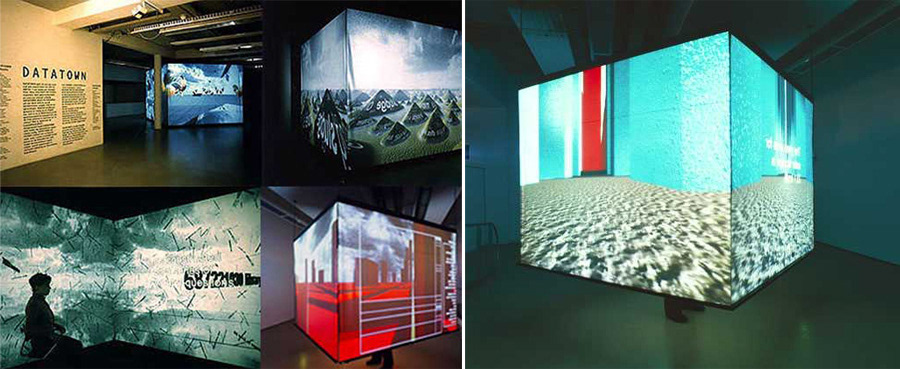
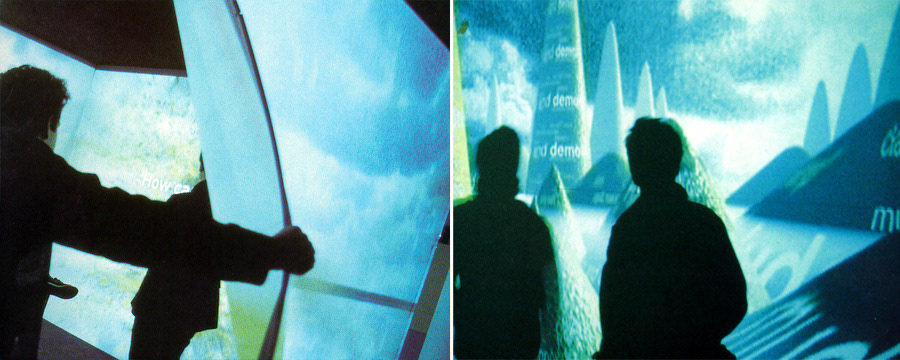
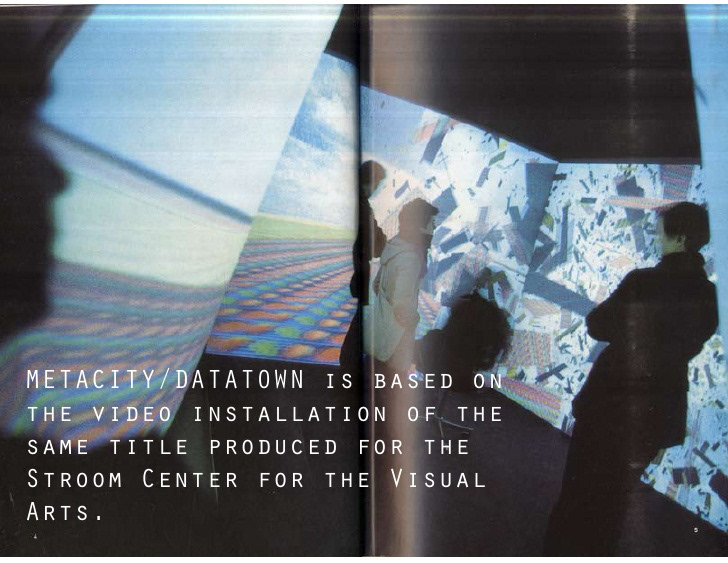
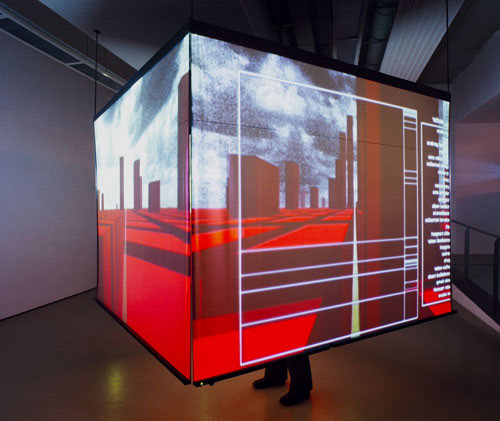


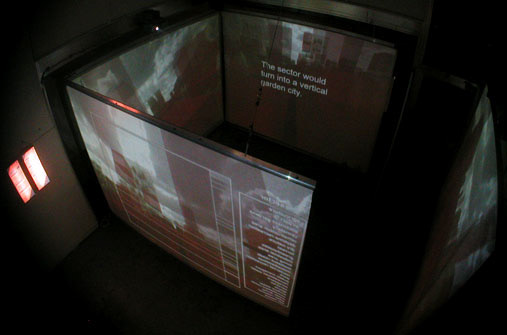


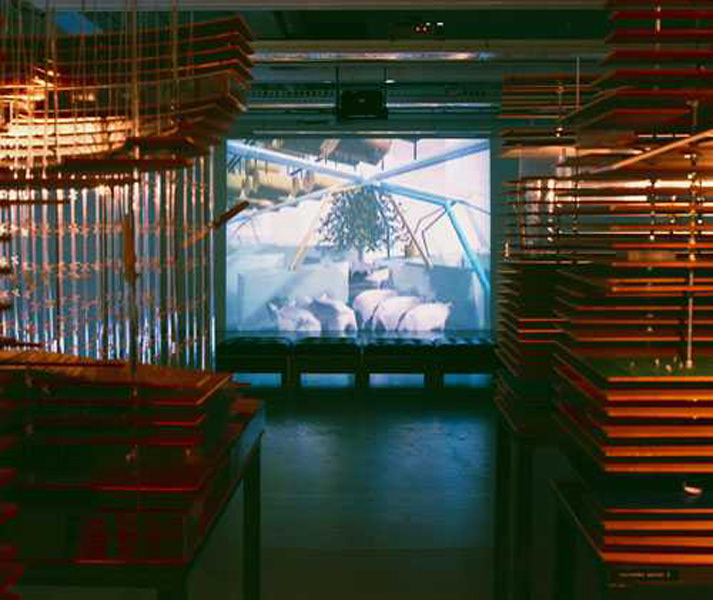
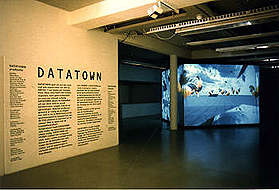
1999 Metacity/Datatown, MVRDV
Datatown is an audiovisual presentation of an imaginary city completely based on statistical data. With a surface area of 400 by 400 kilometres, Datatown measures four times the size of the Netherlands with a population density four times as large, eventually accomodating about 250 million people. Datatown is completely self-supporting and has no surrounding countries, which raises important issues about the consequences of a self-supporting city not having any neighbouring cities or countries. Datatown calculates and constructs the needs of this city, and presents them to the visitor in a panoramic view, with moving images. Datatown was first shown in Stroom hc/bk in The Hague in 1999.